I want you to take a second, look at your phone’s home screen, and think about what motivated you to download some of the apps you see.
Are you looking at the HBO Go app you downloaded because you wanted to watch the newest season of Game of Thrones? Or maybe it’s the Venmo app that your friend made you download, so you can pay him back for the beer he bought you at Happy Hour yesterday? The point is, the app didn’t magically appear on your phone, something motivated you to download it.
If you’re an app marketer, then understanding what motivates people to download an app is critical to optimizing your marketing. This understanding is especially important in the mobile space, where it seems like there’s a new technology or trend catching on each week.
So what does app discovery look like today? I decided to find out.
To help answer a few of the big questions we had pertaining to app discovery, we recently completed a study surveying over 2,100 people about the last app they downloaded. We wanted to find out things like:
- What motivates people to download apps?
- How do they actually find the app (once they’re convinced they want it)?
- Does this change across operating systems, genders, or age groups?
- What are the most important factors that determine whether or not your app gets downloaded?
Anyone involved in marketing an app should be drooling at the thought of knowing the answers to those questions. Luckily we’ve got a five-course meal cooking. This blog post is just an appetizer that covers some of the the high-level findings of our study. You can check out the full study here.
App-etizer #1: What motivates people to download apps?
Motivation is a tricky thing to pinpoint, but getting a better idea of what drives people to download apps is important if you want to optimize and improve your marketing. It’s critical to target the right channels and focus on what drives results.
Think about it like this: If you’re a division one college football coach, you’re not going to go recruit players from the local cross-country running team. The majority of college football players come from high school football teams. The number of former cross-country runners who now play college football is countable on one hand (and even that might be a stretch; you probably only need one finger). This statistic is low because there likely isn’t anyone running cross country that fits the college football player profile. But more importantly, I highly doubt that many cross-country runners are looking to play college football (the idea of getting pummeled by 300-pound linemen isn’t appealing to most people).
The same idea should apply to your app marketing. You need to identify why people download apps and tailor your marketing to take advantage of those motivations. Unfortunately, the top channels to acquire users for your app aren’t as clear cut as recruiting for a football team, which is exactly why we conducted this study…
At the highest level, we wanted to uncover the major motivations that make users want to download an app. So without further ado, here’s what we found:
Note: I want to point out that motivation is distinctly different from how they actually go about finding the app to download. But I’ll touch on that later.
A few takeaways
So what exactly does that chart show? And what should your key takeaways be?
In the white paper, we’ll be diving much deeper into our insights and even soliciting some input from a few of our favorite app marketers, but here are some initial notes.
Specific tasks = high school football
Remember that college football recruiting analogy that resonated so well with you? Well in that case, most college football players come from high school football teams. In the case of apps, most users are motivated to download an app because they had a specific task that they needed help with, and they downloaded an app to help (e.g. need driving directions so download a GPS/mapping app to help navigate).
This finding has huge implications for app marketers (and the mobile space as a whole) because it shows that people are turning to apps to help solve their problems. Furthermore, of all the people who install an app to accomplish a specific task, 36% of them had no knowledge of the app before. This fact shows that to help solve their problem, they were turning to the app medium as a whole rather than a specific brand or app.
Ads: Three for the price of one
Ads as a whole accounted for just over 15% of users’ motivation – making it the third-most popular motivation. The Ads category included all types of ads (such as online desktop ads, online mobile ads, in-app ads, and offline ads).
What’s really interesting about ads as motivation is that by purchasing ads, you are also taking advantage of two other motivation factors. Ads lead to downloads, which leads to increased visibility in the Top Charts and search. In turn, increased visibility leads to increased brand awareness. Essentially, if you’re paying for app installs, then not only are you targeting the third-most popular motivation (ads), but you’re also indirectly targeting the most-popular motivation (Specific Task) and Top Charts by increasing ranking and brand awareness.
App-etizer #2: Motivation vs Discovery
As I mentioned above, there’s a big difference between deciding that you want to download an app, and actually going through the process of downloading it. For example, you could see an ad in your Facebook feed (motivation), but then decide to go search for it in the app store rather than click on the ad (discovery).
For our survey, we intentionally separated motivation from discovery. The motivation was what you saw above, which answered the question ‘why do you download apps?’ Below, we’ll dive into each motivation to understand how the user actually found the app. The simplest way to break this down is to categorize the discovery method as:
- They were taken directly to the app’s page in the app store, or
- They searched for the app in the app store, or
- Other
As you can see, app store search accounts for over 67% of actual app discovery. When you drill down into each motivation factor for how search compares to being taken directly to the app’s page, you’ll notice some more interesting nuggets.
For example, 50% of the people who were motivated to download an app from an ad, actually went to the app store to search for that app. Again, you should note this is for ads as a whole, and this percentage changes when you break down different ad types.
There are countless ways to break down and dive into this data in the white paper. But for now, I’ll leave you with this main takeaway:
Search, search, and more search
No matter what channels or sources you’re targeting, search is obviously important. This data shows that you can’t think about app marketing without thinking about search because search dominates how users actually find their apps. This statement holds true even in paid channels like user acquisition campaigns, which you’d think would be isolated from search because of the direct link to the app store.
What’s really interesting is what happens when we dive into what people are searching, and how generic search terms compare to branded search terms (e.g. ‘music app’ vs. ‘Spotify’). But you’ll have to download the white paper for that one 🙂
The Main Course: To be continued…
If you liked the appetizer, you’re going to love the other courses we have set up for you. This post was just a little taste of what The State of App Discovery in 2015 includes. We’ll dive much deeper into our analysis and look at different cohorts (such as Android users vs. iOS users, males vs. females, age groups, and more). All the information you need to get the most out of your app marketing is here, all you have to do is read it. Enjoy!
Download the white paper here
Like this article? Sign up for our blog digest emails.
Author
Becky is the Senior Content Marketing Manager at TUNE. Before TUNE, she handled content strategy and marketing communications at several tech startups in the Bay Area. Becky received her bachelor's degree in English from Wake Forest University. After a decade in San Francisco and Seattle, she has returned home to Charleston, SC, where you can find her strolling through Hampton Park with her pup and enjoying the simple things between adventures with friends and family.

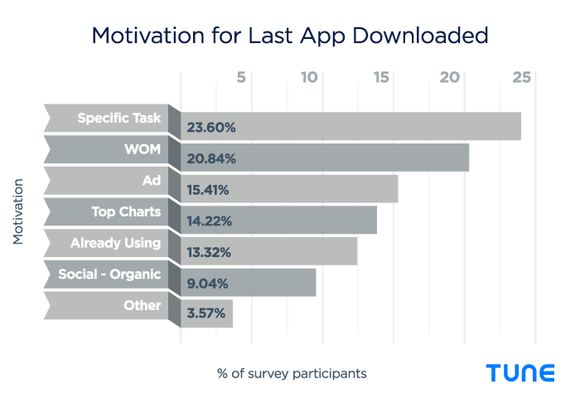
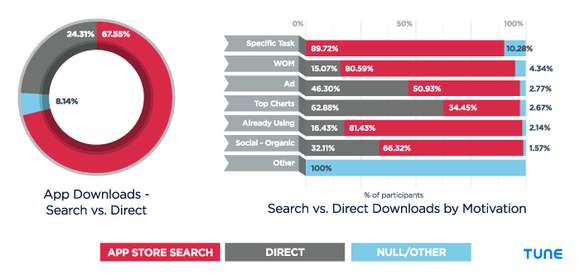
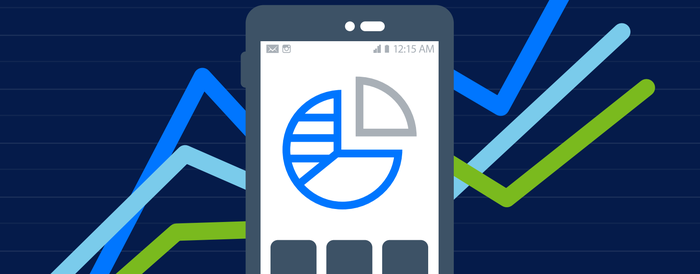
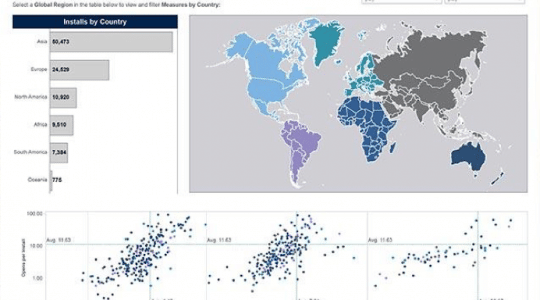
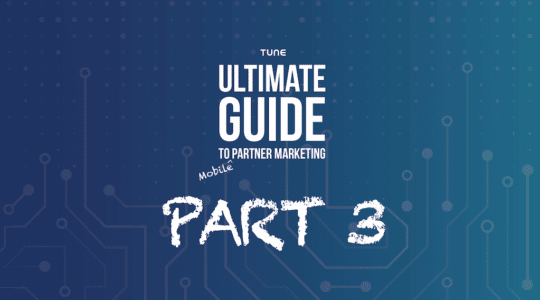
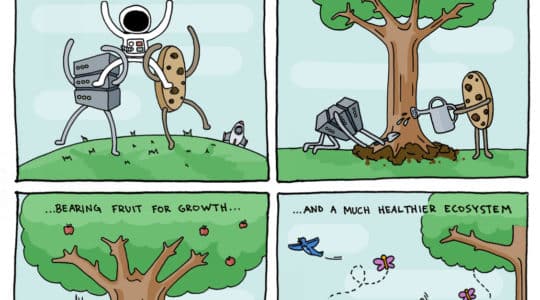
Hi, this survey was very interesting for me. I have a question here. What was/were the countries the respondents live in? US or all over the world?
Hi Daisuke –
Glad you enjoyed it! These respondents were only for the US. We are working on updating the study and will try to include more countries. So keep an eye out for it in the coming months!
Hello Alex,
Thanks for your reply! Understand.
Your analysis is quite interesting, so I look forward to the update.
Alex- great study and results analysis. You mentioned that the white paper would include a breakdown of impact/effectiveness of various ad types (digital and offline) but I don’t see that in the white paper. Is that info you have and would be able to share? Thanks!
Hi Pete – Glad you enjoyed it! We actually decided not to include that information – unfortunately, we did not have enough responses within each specific ad-type to meet our confidence standards. I’ll make sure to update the blog post! Please let me know if you have any other questions!
Thanks, I’m writing a Bachelor Thesis about App Channeling, this was really useful.